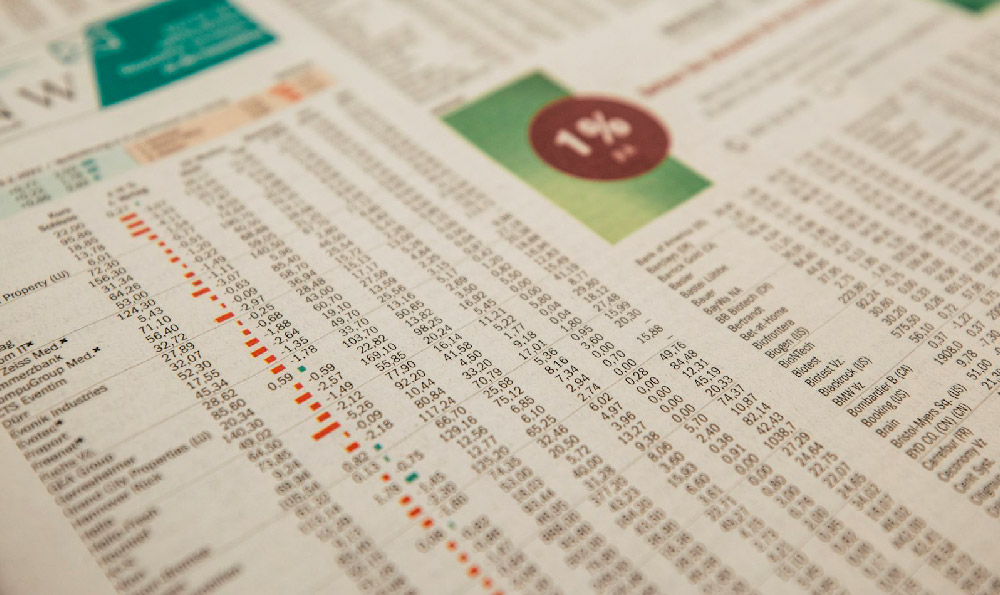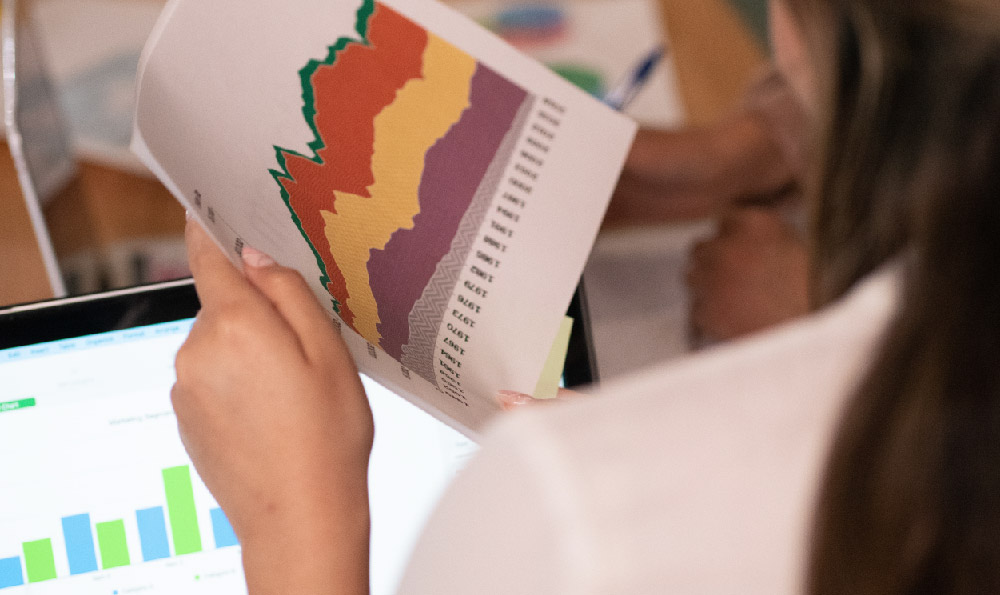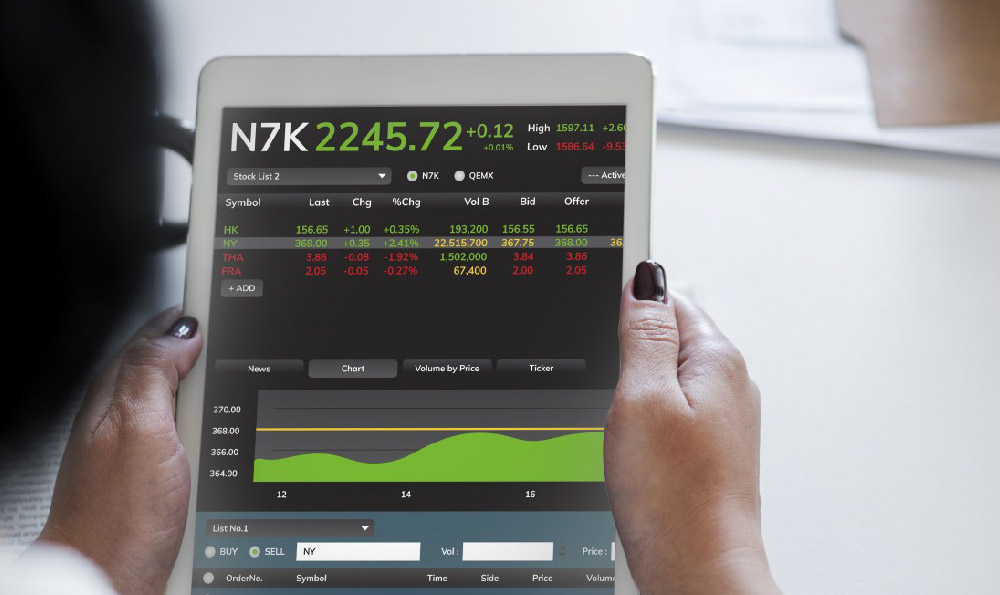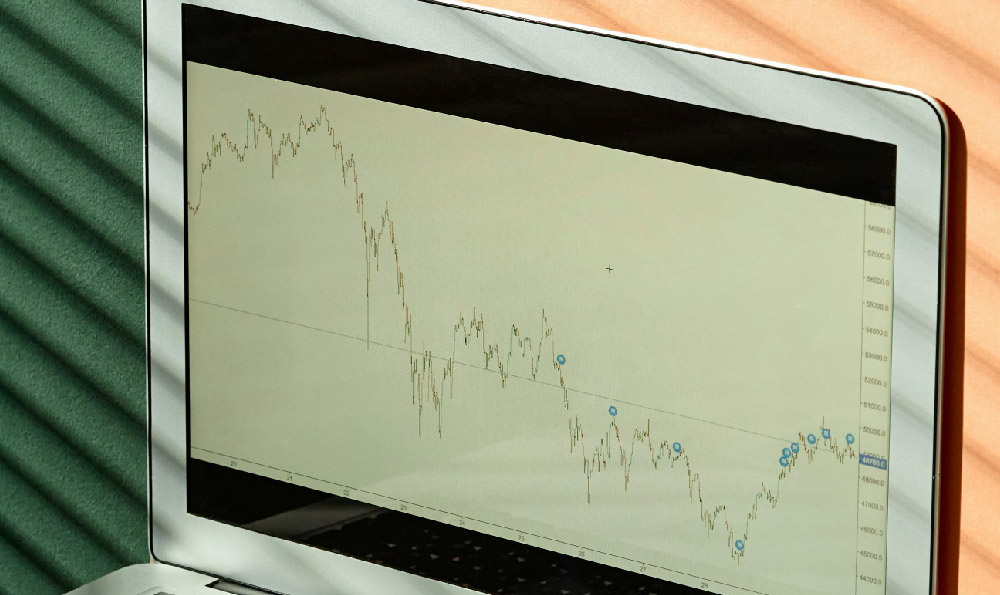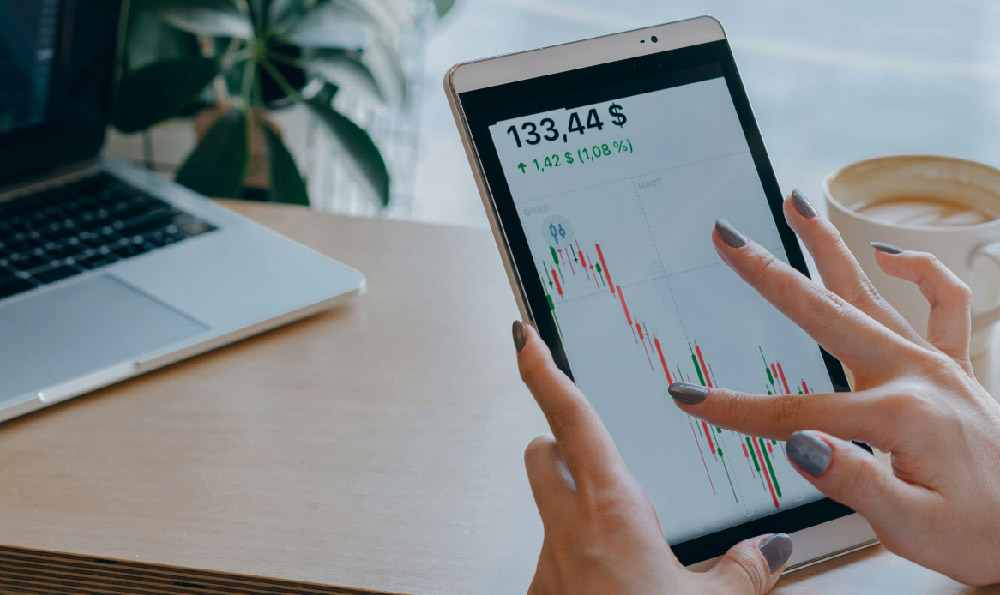Alright, let's delve into the world of BSCPAD and assess its potential as a smart investment versus a risky gamble. BSCPAD, positioned as a launchpad for projects on the Binance Smart Chain (BSC), has attracted considerable attention and investment. However, like any cryptocurrency investment, a thorough evaluation is crucial before allocating capital.
The core proposition of BSCPAD revolves around its tiered system, offering guaranteed allocation to projects launching on its platform to holders of its native token, BSCPAD. The allocation size is determined by the number of BSCPAD tokens held. This model aims to democratize access to early-stage crypto projects, moving away from the "whales only" scenario often seen in initial coin offerings (ICOs). This perceived democratization is a significant draw for many investors. The allure of getting in on the ground floor of potentially high-growth projects before they hit major exchanges is understandably strong. Success stories of projects that have launched on BSCPAD, generating substantial returns for early investors, further fuel this interest.
However, relying solely on past performance or hype surrounding initial success stories is a dangerous game. The crypto landscape is constantly evolving, and what worked yesterday may not work tomorrow. Several factors need to be considered when evaluating the worthiness of BSCPAD as an investment.
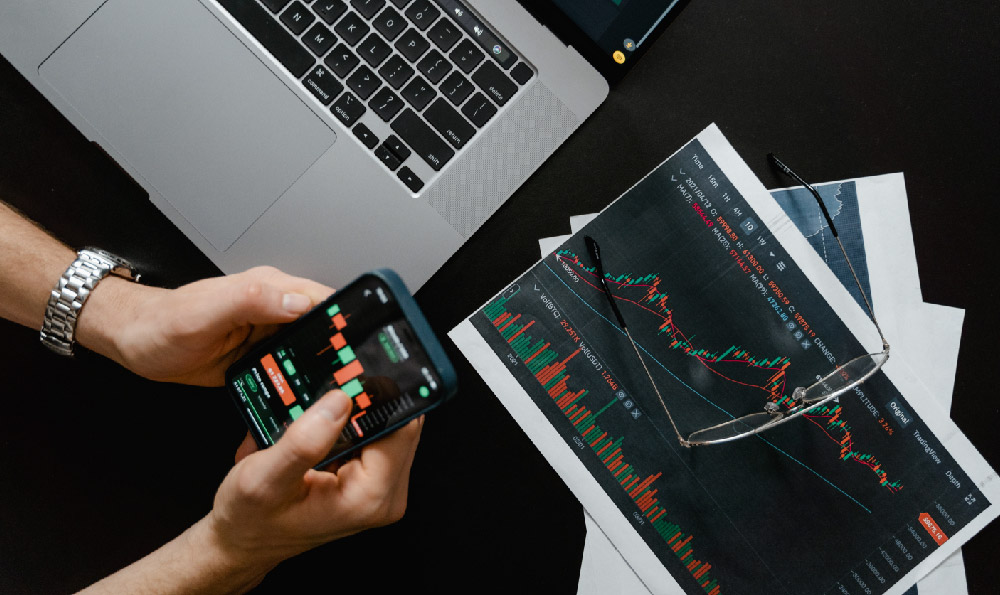
Firstly, the overall health and activity of the Binance Smart Chain ecosystem is paramount. BSCPAD thrives within this ecosystem. If BSC sees a decline in usage, increased congestion, or faces significant competition from other layer-1 blockchains, BSCPAD will inevitably be affected. Monitoring BSC's transaction volume, active addresses, and developer activity is crucial for gauging the long-term viability of projects launching on BSCPAD. A vibrant and active ecosystem provides a fertile ground for new projects to flourish. Conversely, a stagnant or declining ecosystem can lead to a decrease in the value of BSCPAD as well as the projects it launches.
Secondly, the quality and due diligence process of projects launching on BSCPAD is critical. Simply providing a platform for projects is not enough. BSCPAD needs to rigorously vet projects before they are offered to its community. This involves assessing the project's team, technology, market opportunity, tokenomics, and overall feasibility. A robust due diligence process helps mitigate the risk of investing in scams or poorly conceived projects, protecting BSCPAD holders from significant losses. A string of failed or fraudulent projects launching on the platform will erode investor confidence and negatively impact the value of the BSCPAD token.
Thirdly, the utility and demand for the BSCPAD token itself plays a vital role. The primary utility lies in securing guaranteed allocations to IDOs. The higher the demand for these allocations, the greater the demand for BSCPAD, potentially driving up its price. However, this demand is directly linked to the perceived value of the projects launching on the platform. If the quality of projects declines, or if alternative launchpads offer better opportunities, the demand for BSCPAD may decrease. Furthermore, consider the tokenomics of BSCPAD. Factors like the total supply, circulating supply, token distribution, and any burning mechanisms in place can influence its long-term price. Inflationary tokenomics, for instance, could dilute the value of existing tokens, counteracting any positive effects from increased demand.
Fourthly, competition in the launchpad space is intensifying. Numerous other launchpads exist, both on BSC and other blockchains, offering similar services. These competing platforms are vying for projects and investors, potentially diluting the market for BSCPAD. BSCPAD needs to continuously innovate and differentiate itself to maintain its competitive edge. This could involve offering unique services, forging strategic partnerships, or implementing innovative features that attract both projects and investors. Simply relying on its first-mover advantage is not enough to guarantee long-term success.
Fifthly, the overall market sentiment towards cryptocurrencies significantly impacts BSCPAD. During bull markets, investor appetite for riskier assets, including IDOs, tends to increase, benefiting BSCPAD. However, during bear markets, investors often become risk-averse, leading to a decline in demand for IDOs and potentially negatively impacting the value of BSCPAD. It's crucial to understand that BSCPAD is not immune to broader market trends. Therefore, macroeconomic factors, regulatory developments, and overall investor sentiment should be closely monitored.
Finally, and perhaps most importantly, the level of risk tolerance and investment goals of each individual investor needs to be considered. Investing in BSCPAD, like any cryptocurrency investment, involves inherent risks. It's not a get-rich-quick scheme and requires careful consideration and due diligence. Before investing in BSCPAD, assess your risk tolerance. Are you comfortable with the possibility of losing a significant portion of your investment? Diversify your portfolio. Don't put all your eggs in one basket. Allocate a portion of your capital to less risky assets to mitigate potential losses. Conduct your own research. Don't blindly follow the advice of others. Understand the project, its risks, and its potential rewards before investing. Stay informed about the latest developments in the crypto space and be prepared to adapt your strategy as needed.
In conclusion, determining whether BSCPAD is a "smart choice" or a "risky bet" depends heavily on individual circumstances and a thorough understanding of the factors outlined above. It's not a simple yes or no answer. While BSCPAD offers the potential for high returns, it also carries significant risks. A balanced approach, involving careful research, risk management, and a clear understanding of the crypto landscape, is essential for making informed investment decisions. It's not about blindly chasing hype; it's about making calculated decisions based on sound analysis. Ultimately, the responsibility for investment decisions rests with the individual investor.


